When summer heat rises, many people head to beaches to enjoy the cool sea breeze and beat the heat. As you lay on the beach, observe the shape, size, and color of its sand. You will find it different from that of another beach you once visited or saw on the internet. The sand of different beaches differs in color, size, and composition. To understand the science behind these differences, we invite you to read the following lines.
Sand Size
Sand either consists of ground rocks or shells; its type, in terms of color, density, and grain size, depends on its source. Sand comes from different locations, sources, and environments. It is produced as rocks fall, or decompose due to weathering and erosion factors over thousands or millions of years. Since feldspars* and quartz are among the most stable elements that are resistant to erosion and decomposition, they are abundant in the Earth's crust. Most sand beaches consist of quartz with some feldspar.
Rocks form on land, thousands of kilometers away from the ocean, and continuously decompose as they move slowly through rivers and streams, reaching the ocean. There, the decomposition rate increases due to the waves and tides. The more rocks move and transit, the more they scratch and erode, and the smaller the grains become. As such, differences in sand grain sizes are related to different transition distances and erosion rates.
Sand Color
Sand beaches have different colors; white, black, red, pinks, and green. The color of sand refers to its composition, as well as the geology of the areas behind the coast.
1. White Sand is characterized by its pure ground quartz crystals, and by the absence of pollutants that cause paleness. Hyams Beach in New South Wales, Australia, is the beach with the whitest sand on Earth, according to Guinness Book of Records.
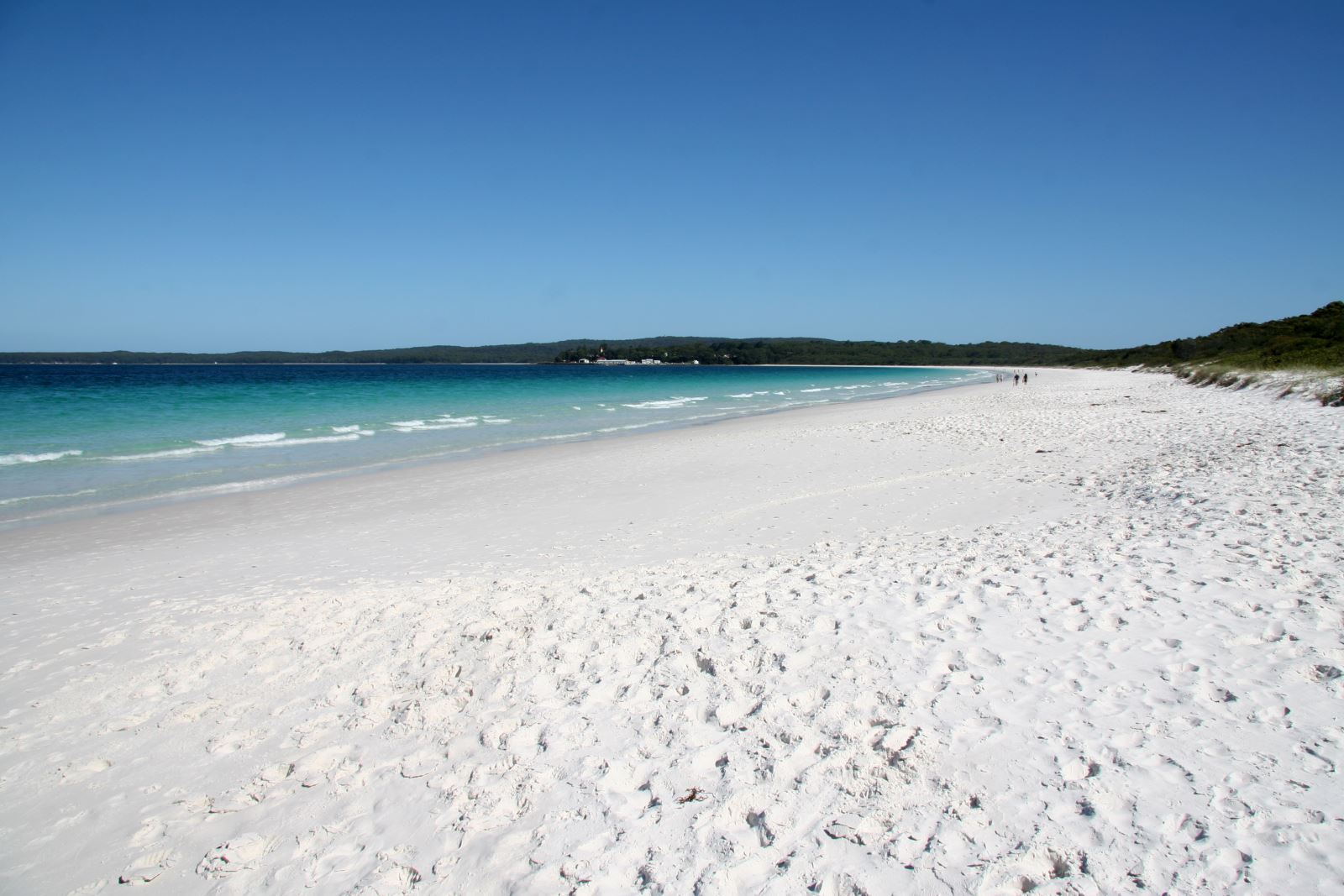
Source.
2. Red Sand is sand containing iron-rich metals that is oxidized once exposed to the air, acquiring different shades of red depending on the percentage of iron it contains. Cavendish Beach, at Prince Edward Island National Park, Canada, is one of the most popular red-sand beaches.
.jpg)
Source.
3. Orange Sand contains low percentages of iron turns orange when oxidized, as in Porto-Covo beach, in Portugal. Sand can be orange also due to containing a mixture of orange limestone, crushed shells, and volcanic deposits, as in Porto Fero Beach in Italy.
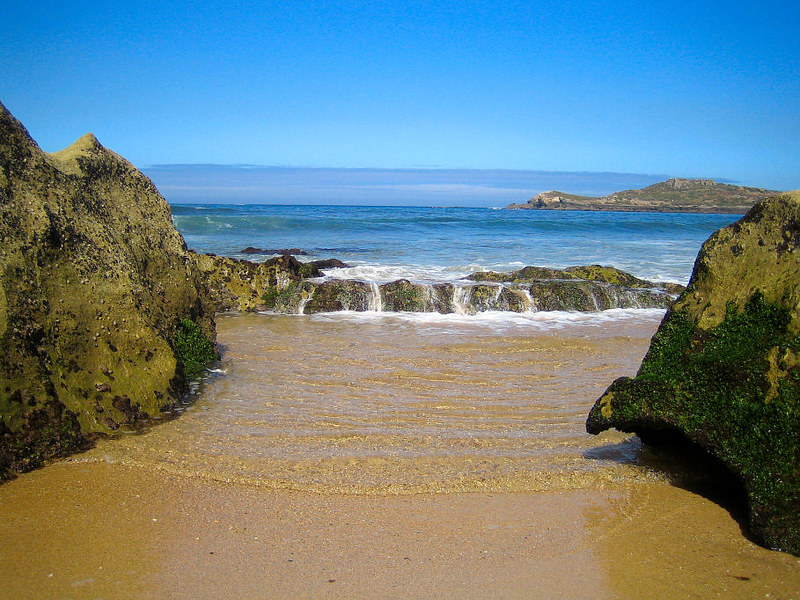
Source.
4. Pink Sand indicates the existence of coral reefs nearby; it indicates a mixture of white sand with red shells or calcium carbonate from corals. One of the most popular pink sand beaches—where white sand unites with red corals— is Rangiroa, in Polynesia, France.
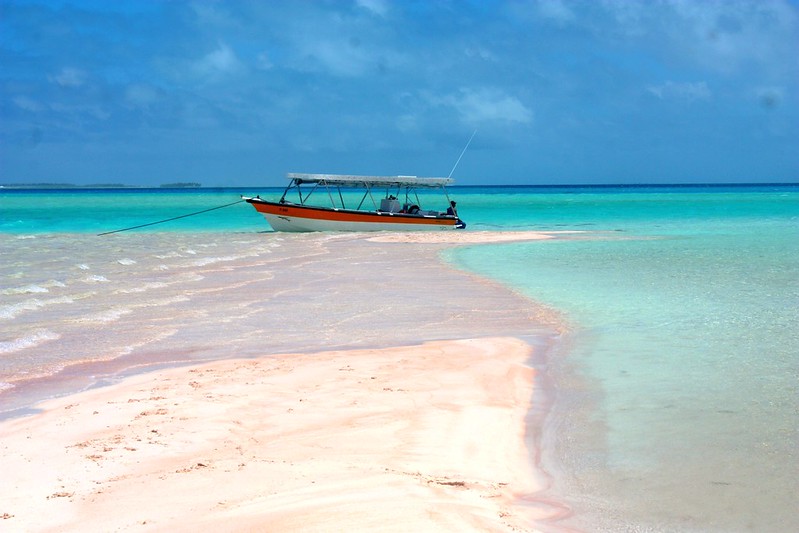
Source.
5. Purple Sand, such as that distinguishing Pfeiffer Beach, in Big Sur, California, is because the hills around the beach contain manganese-agate-rich metamorphic rocks. The metal erodes as it is exposed to rain, and heads to the beach to give it its distinctive color.
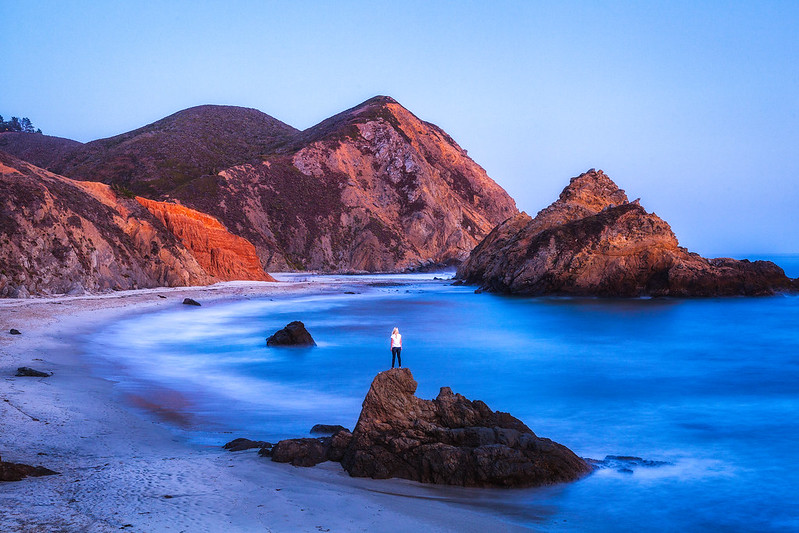
Source.
6. Black Sand forms near active volcanoes, and is rich in basaltic igneous rocks. Muriwai Beach, in Auckland, New Zealand, is one of the most popular black sand beaches, featuring a mixture of basalt, iron, titanium, and other volcanic materials deposits.
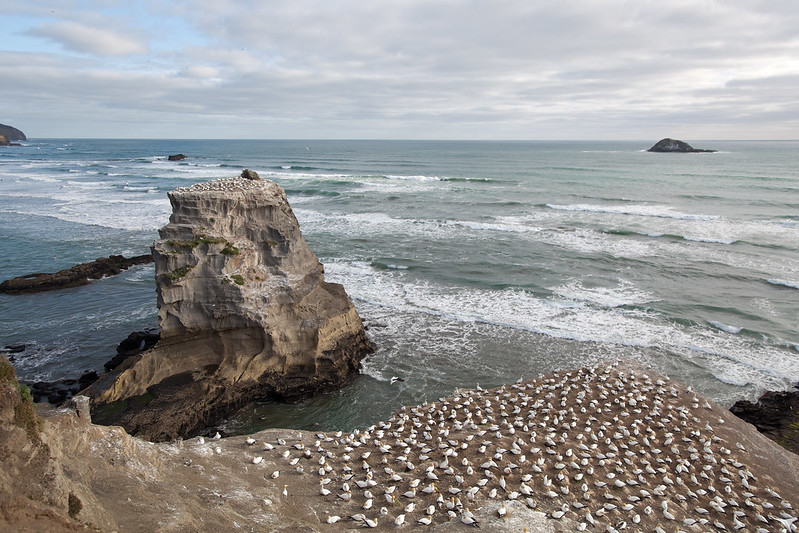
Source.
Quartz-Free Beaches
There are some less common beaches where sand formation does not rely on quartz, but a totally different ecological process. For example, the famous white sand of Hawai beaches is excreted by parrotfishfrom. The fish use their parrot-like beaks to bite algae off of rocks and corals; they grind the inedible corals in their guts, and then excrete it as sand. The parrotfish can produce hundreds of kilograms of white sand annually.
*Feldspars are one of the most important and abundant minerals in the Earth's crust.
References
How does sand form
How Does Sand Get Its Color?
What is Sand Made of? History.
Science of Summer: Where Does Beach Sand Come From?
Banner photo form PxHere